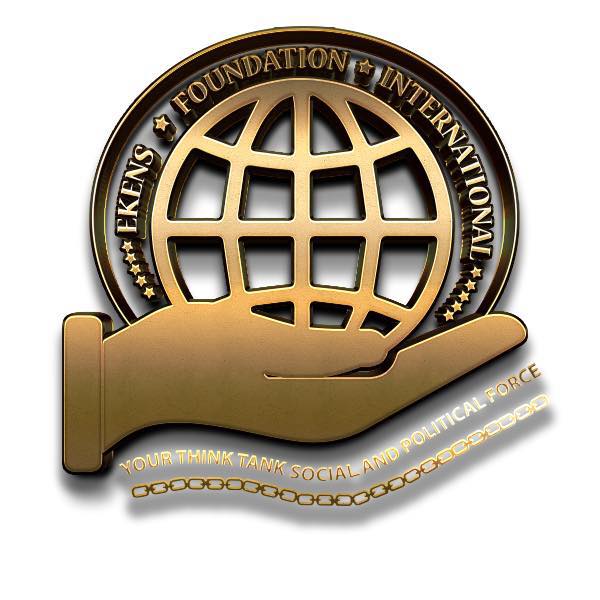info@ekensfoundation.org

Death in Detention
DEATH IN IMMIGRATION CUSTODY SPARKS CALLS FOR CBSA OVERSIGHT

Meanwhile the photos above is the most recent people who died at the hands of the Canada Border Services Agency (CBSA)
On March 7 the Canada Border Services Agency (CBSA) issued a brief news release reporting the death of a person held for immigration related reasons at the Toronto East Detention Centre. The name of the person and circumstances surrounding the death are not known.
This death once again shines a spotlight on what has been described as the ‘legal black hole’ of Canada’s immigration detention regime. At least 13 people are known to have died in the custody of CBSA and its predecessor since 2000. Reports of a death or mistreatment of individuals while in immigration detention are alarming as there is no independent agency with a mandate for the oversight of CBSA. CBSA is the only major Canadian law enforcement agency which has no independent oversight.
Immigration detainees are the responsibility of the CBSA. However, they are regularly held in provincial jails managed by provincial correctional services. A May 2015 study by the International Human Rights Program at the University of Toronto, Faculty of Law found there is a marked absence of the rule of law in immigration detention decisions, and large gaps in accountability– such that no governmental body is clearly responsible for detainees held in provincial jails.
In December 2013 Lucia Vega Jimenez was found hanging from a shower stall in the immigration holding centre at the Vancouver airport. Two of the major recommendations from the coroner’s inquest into her death— to appoint an independent ombudsperson and to create civilian oversight to investigate critical incidents in custody — have been largely ignored.
With other deaths in the recent past and a shroud of secrecy around the CBSA response, this death once again brings about calls from human rights and refugee serving organizations for independent oversight of the CBSA . Questions also need to be asked about the immigration detention regime; why are individuals detained for immigration related concerns are housed in criminal correctional facilities; how long are they detained and what alternatives are meaningfully considered to end their detention?
Categorised in: Blog

